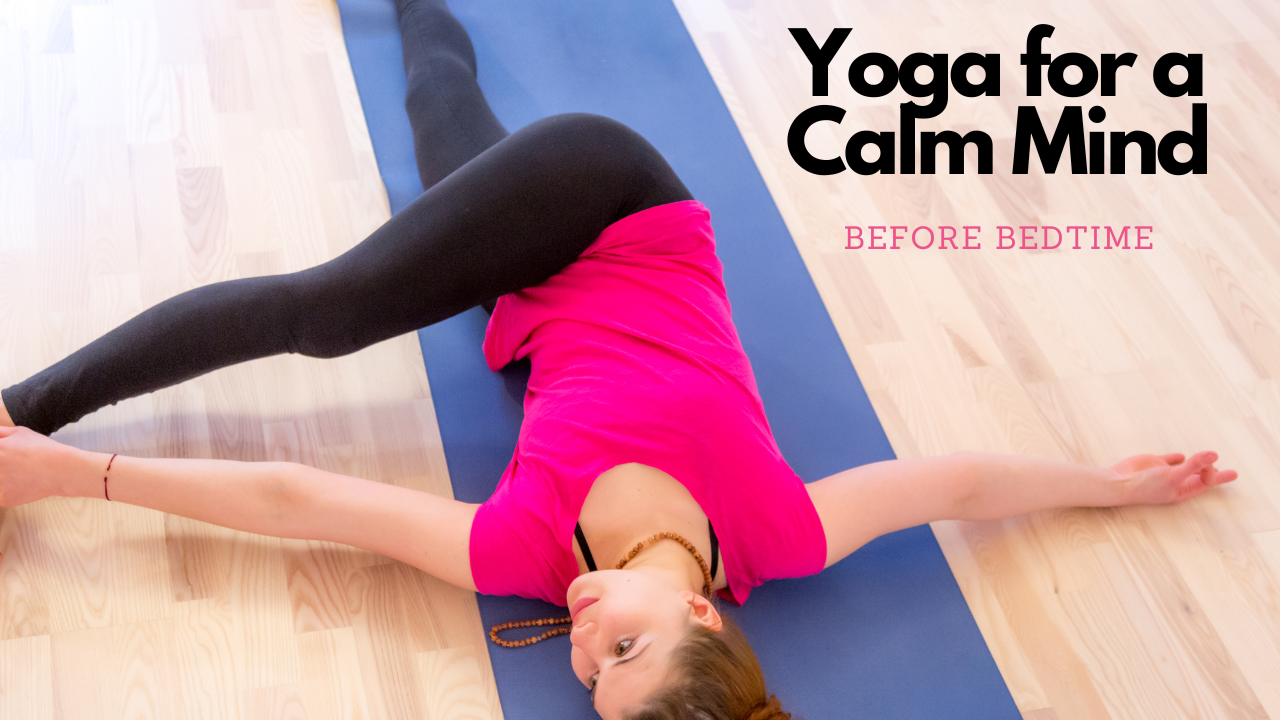Strength Training verses Cardio for Midlife Weight Loss: What works better?
Oct 25, 2025
Strength Training vs Cardio for Midlife Weight Loss: What Works Better?
If you’ve been trying to lose weight in midlife, you’ve probably wondered whether it’s better to focus on strength training or cardio.
The truth? Both have benefits, but when your hormones shift during perimenopause and menopause, one approach often delivers more lasting results.
Let’s break down what each type of exercise really does for your body after 40 and how to combine them for the best outcome.
How Menopause Changes Your Body
Before we talk workouts, it helps to understand what’s happening inside your body.
As estrogen levels decline, several key changes take place:
-
Muscle mass naturally decreases
-
Fat storage patterns shift, especially around the belly
-
Metabolism slows
-
Insulin sensitivity drops
-
Recovery takes longer
That’s why the old “eat less, move more” approach doesn’t always work anymore. Your body needs a smarter, hormone-friendly movement plan that supports balance and recovery rather than burning you out.
The Case for Strength Training
Strength training is one of the most powerful tools for women in midlife. It helps rebuild muscle, boost metabolism, and balance hormones in a way that traditional cardio cannot.
Here’s what it does for you:
-
It helps you build and maintain lean muscle, which burns more calories even when you’re at rest.
-
It improves insulin sensitivity, meaning your body uses carbohydrates for energy instead of storing them as fat.
-
It supports bone density and lowers the risk of osteoporosis.
-
It helps balance hormones by lowering cortisol and improving levels of growth hormone and testosterone.
-
It shapes and tones your body, giving you strength and confidence.
How to start:
Aim for two to four strength sessions each week. Combine bodyweight moves like squats, lunges, and push-ups with resistance tools like dumbbells or resistance bands. Focus on slow, controlled movement and proper form.
A short session might look like this:
-
Squats for 10 to 12 reps
-
Push-ups for 8 to 10 reps
-
Dumbbell rows for 10 reps per side
-
Glute bridges for 12 reps
Repeat the circuit two or three times.
It doesn’t have to mean heavy lifting. What matters most is consistency and gradually challenging your muscles over time.
The Case for Cardio
Cardio still plays an important role in midlife. It supports your heart, improves circulation, reduces stress, and boosts mood and stamina.
Here’s how cardio helps:
-
It strengthens your heart and lungs.
-
It supports healthy blood pressure and cholesterol.
-
It reduces cortisol and helps you release tension.
-
It improves endurance and energy levels.
-
It helps regulate blood sugar after meals.
How to use it wisely:
The key is moderation. Too much cardio can raise cortisol and slow fat loss. Instead, aim for three to four sessions a week of moderate-intensity movement such as brisk walking, cycling, or swimming.
If you enjoy higher-intensity exercise, include one or two short interval sessions per week, such as hill walking or short bursts of faster-paced movement.
Strength Training vs Cardio: Which Is Better for Weight Loss?
Both are beneficial, but they work differently.
Strength training builds muscle and improves metabolism, which means you burn more calories throughout the day, even when you’re not exercising. It also improves insulin balance, helping your body manage fat more efficiently.
Cardio, on the other hand, burns more calories during the workout itself and supports heart health and stress reduction. However, it doesn’t build muscle, which means it doesn’t boost metabolism in the same lasting way.
In short:
-
Strength training helps reshape your body, build lean muscle, and increase long-term fat burn.
-
Cardio supports your cardiovascular health, improves endurance, and helps manage stress.
For midlife weight loss, strength training gives you the metabolic advantage, while cardio keeps your body and mind strong and balanced.
The Ideal Balance
You don’t have to choose between them. The most effective approach is to combine both.
A good weekly balance looks like this:
-
Strength training three to four days a week
-
Moderate cardio two to three days a week (such as walking or cycling)
-
Mobility or yoga one to two days a week to support flexibility and recovery
This mix helps you stay lean, strong, and energized while keeping hormones in balance.
The Bottom Line
In your 40s and beyond, weight loss isn’t about doing more, it’s about doing what’s right for your body.
Cardio keeps your heart healthy.
Strength training keeps your metabolism strong.
If you want to lose fat, feel confident, and move through menopause with strength and grace, start lifting and move regularly in ways that feel good.
You don’t need to outwork your body. You just need to work with it.
Stay connected with news and updates.
Join our mailing list to receive the latest news and updates from our team.
Don't worry, your information will not be shared.
We hate SPAM. We will never sell your information, for any reason.



